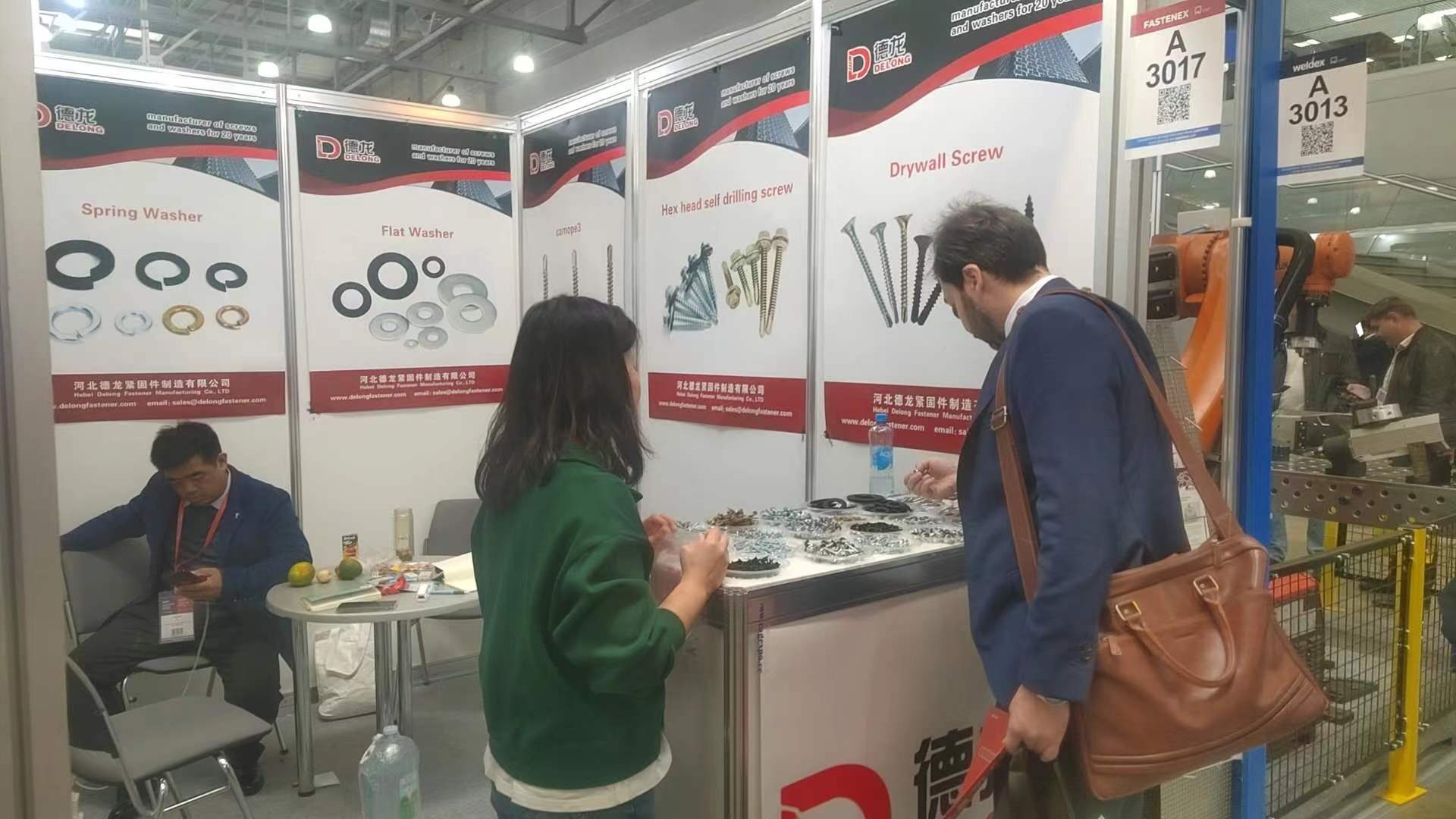Top Quality Flat and Lock Washers for Reliable Performance and Durability
Understanding the Importance of Flat and Lock Washers in Mechanical Applications
When it comes to fastening applications in mechanical engineering, understanding the components involved is essential for ensuring a robust and reliable assembly. Among these components, flat and lock washers play significant roles in improving the integrity and performance of joints. This article explores the characteristics, uses, and advantages of both types of washers.
Flat Washers Basics and Benefits
Flat washers are thin, flat discs with a hole in the center, used mainly to distribute load and reduce friction between a fastener and the surface it is being fastened to. They are made from various materials including metal, plastic, and rubber, depending on the application requirements.
One of the primary benefits of flat washers is their ability to create a larger bearing surface. This helps in preventing the fastener from pulling through the material, especially in softer surfaces. Furthermore, flat washers can protect the surface from damage caused by the fastener and enhance the overall strength of the assembly. They are ideal for a wide range of applications in construction, automotive, and machinery sectors.
Lock Washers Functionality and Advantages
best flat and lock washer

Lock washers, on the other hand, are specifically designed to prevent loosening under vibration and torque. They have an irregular shape or are split into sections, which allows them to exert a locking force when a nut or bolt is tightened. This distinctive design secures the fastener more effectively than a flat washer alone.
There are several types of lock washers, including split lock washers and toothed lock washers, each providing different locking mechanisms suited for various applications. Using lock washers is critical in high-vibration environments, such as in automotive or aerospace applications, where the risk of fasteners loosening poses significant safety concerns.
Choosing the Best Washers for Your Application
Selecting the best flat and lock washers depends on several factors including load conditions, material compatibility, and environmental conditions. It’s essential to match the washer type with the specific needs of the project to ensure optimal performance.
In conclusion, both flat and lock washers are fundamental in enhancing the reliability, safety, and durability of mechanical assemblies. Understanding their roles and proper applications can lead to more effective designs and longer-lasting constructions. Whether you are involved in DIY projects or large industrial operations, paying attention to these small yet mighty components is crucial for achieving successful outcomes in fastening applications.
-
Top Choices for Plasterboard FixingNewsDec.26,2024
-
The Versatility of Specialty WashersNewsDec.26,2024
-
Secure Your ProjectsNewsDec.26,2024
-
Essential Screws for Chipboard Flooring ProjectsNewsDec.26,2024
-
Choosing the Right Drywall ScrewsNewsDec.26,2024
-
Black Phosphate Screws for Superior PerformanceNewsDec.26,2024
-
The Versatile Choice of Nylon Flat Washers for Your NeedsNewsDec.18,2024










